Pre-Drilling Techniques for Composite Decking: A Comprehensive Guide
Dive deep into the techniques and best practices for pre-drilling composite decking boards, ensuring a professional finish and durability of your outdoor living space.
Pre-Drilling Techniques for Composite Decking: A Comprehensive Guide
Introduction
Composite decking is a popular choice for outdoor living spaces due to its durability, low maintenance, and aesthetic appeal. However, one common challenge when working with composite materials is ensuring they are installed correctly without damaging the surface. Pre-drilling is an essential technique to prevent splitting and ensure a secure fit. This guide will walk you through the step-by-step process of pre-drilling composite decking boards, discuss the different types of drills and bits that are most effective for this task, and provide illustrations or diagrams showing the correct angle and depth for pre-drilling. Additionally, we’ll explore how environmental factors can influence the pre-drilling process.
Understanding the Importance of Pre-Drilling
Pre-drilling is crucial because composite materials like wood-plastic composites (WPC) and cellular PVC can be prone to splitting when fastened directly with screws or nails. By creating a pilot hole, you reduce the risk of splitting while ensuring a secure attachment. This technique is particularly important for maintaining the integrity and longevity of your composite deck.
Choosing the Right Tools
The success of your pre-drilling depends largely on the tools you use. For composite decking, it’s recommended to use a cordless drill or impact driver. These tools provide the necessary torque without excessive vibration, which can cause the material to crack. The type of bit you choose is also critical. A spade bit or a Forstner bit works well for creating precise holes, but a standard twist drill bit is often sufficient for most applications. Ensure that the bit size matches the screw diameter to achieve optimal results.
Illustrations and Diagrams
To help visualize the correct angle and depth for pre-drilling, consider the following guidelines:
- Angle: Hold the drill at a 90-degree angle to the surface of the composite board. This ensures that the screw will be perpendicular to the board, providing maximum stability.
- Depth: The depth should be slightly less than the thickness of the composite board. A general rule is to drill to about 75% of the board’s thickness. This allows enough room for the screw head to sit flush with the surface without penetrating too deeply.
Refer to the diagram below for a visual representation:

Note: Ensure that the image is replaced with an actual image link or embedded image for clarity.
Influence of Environmental Factors
Environmental conditions can significantly affect the pre-drilling process. Temperature and humidity levels can alter the density and hardness of composite materials, making them more or less susceptible to cracking. For instance, during colder temperatures, composite materials tend to become more brittle, increasing the risk of cracking. Conversely, in high humidity environments, composite materials may expand, requiring adjustments in drilling depth and angle.
It’s advisable to perform pre-drilling in a controlled environment whenever possible, or at least wait for ideal weather conditions if working outdoors. Always check the manufacturer’s recommendations for specific guidance related to your composite decking material.
Conclusion
Pre-drilling is a fundamental technique that every composite decking installer should master. By understanding the importance of choosing the right tools, following precise techniques, and considering environmental influences, you can ensure a successful installation that stands the test of time. Remember, proper pre-drilling not only prevents damage to the composite material but also enhances the overall aesthetics and durability of your deck.
Reference
Deck Magazine – Pre-Drilling Composite Decking
Baoding Plastroy WPC Products
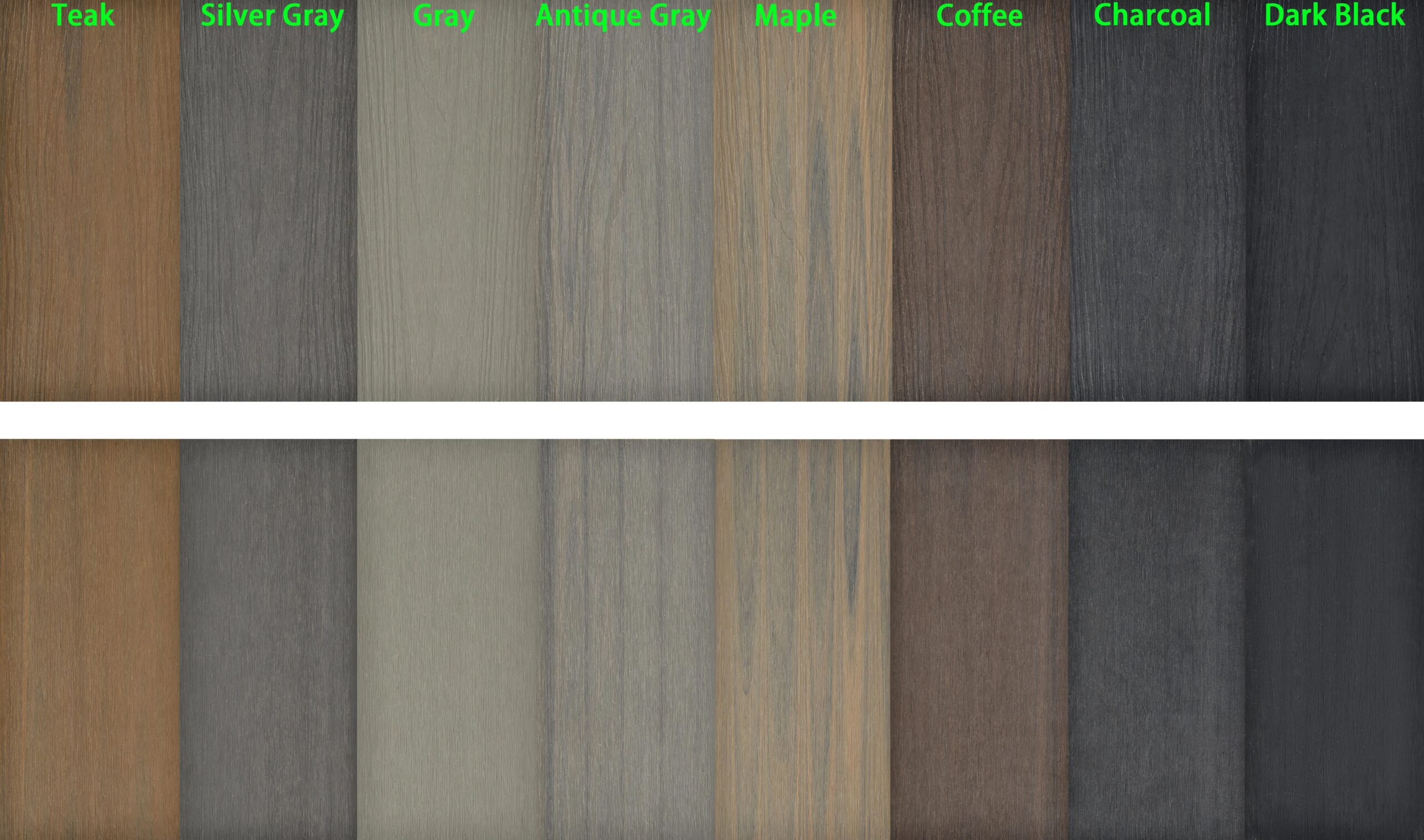
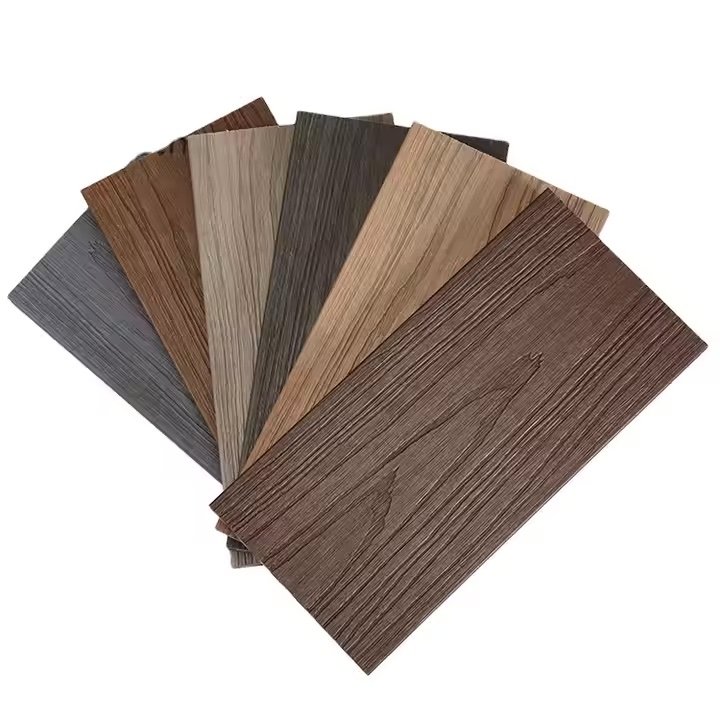
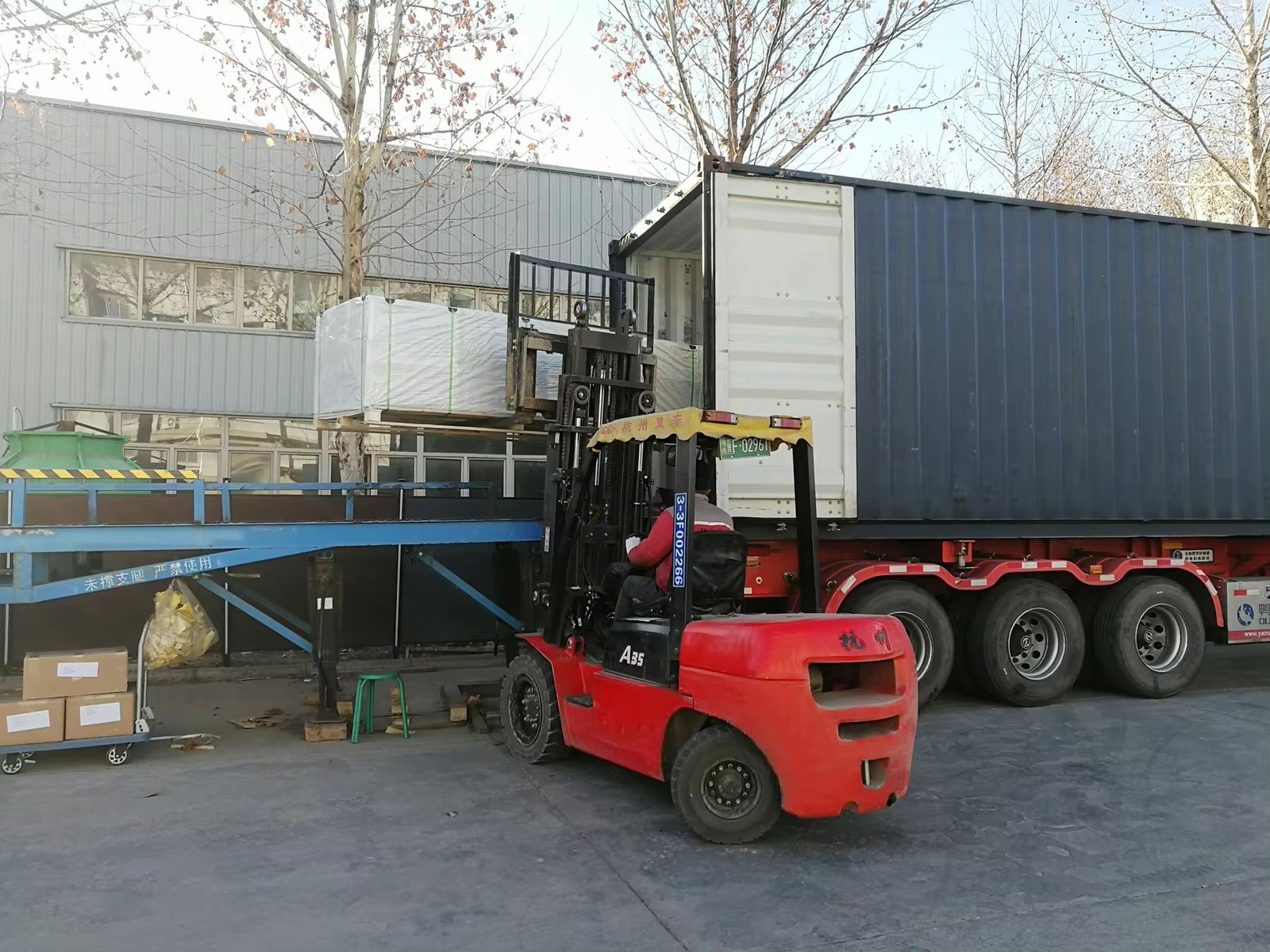
Why Choose Plastory?
Baoding Plastory New Materials Co., Ltd. is a manufacturer of decorative materials with over 9 years of experience and 56 separate production lines.
Currently, our annual production exceeds 30,000 tons, with products exported to more than 50 countries worldwide.
Plastory is the drafting unit of the WPC National Standards and has obtained certifications such as REACH, ASTM, CE, and FSC. Plastory is dedicated to maintaining consistent quality, focusing on details, and prioritizing customer satisfaction.
Our factory is located in Baoding, Hebei Province, China, with a prime location and convenient transportation access. Baoding is approximately a 1.5-hour drive from Beijing Capital International Airport and just 2 hours away from Tianjin Port, making it easy for global clients to visit and facilitating efficient shipping of goods. Our facility spans a large area, equipped with advanced production equipment and modern testing facilities to ensure that every batch of products meets the highest quality standards.
We warmly welcome clients from around the world to visit our factory, where you can see our production processes firsthand and experience our product quality. Please feel free to reach out to us—we are committed to providing you with the best products and services.
Kindly get in touch with us to request a product catalogue.

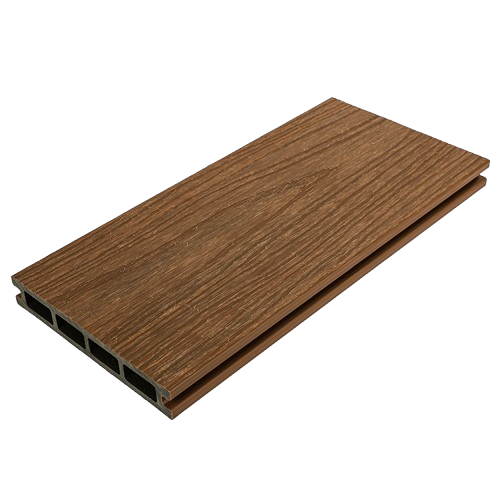
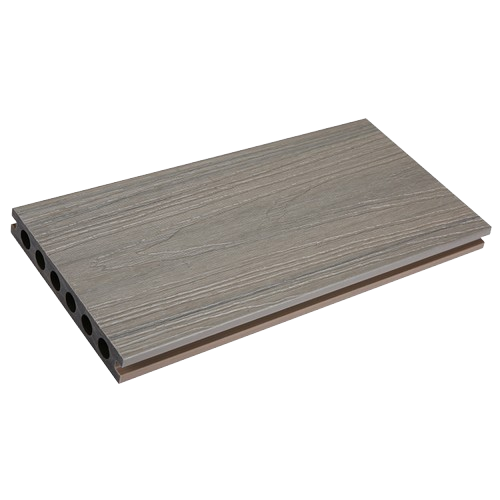
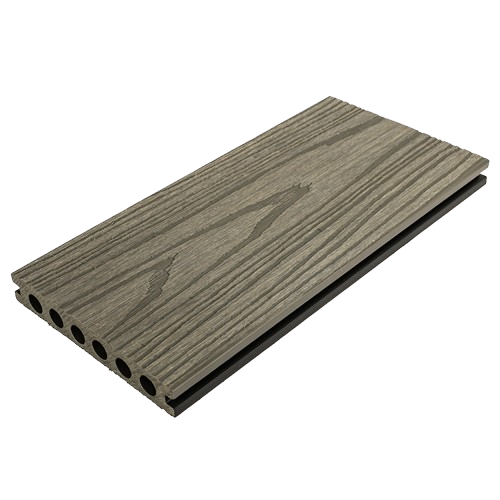
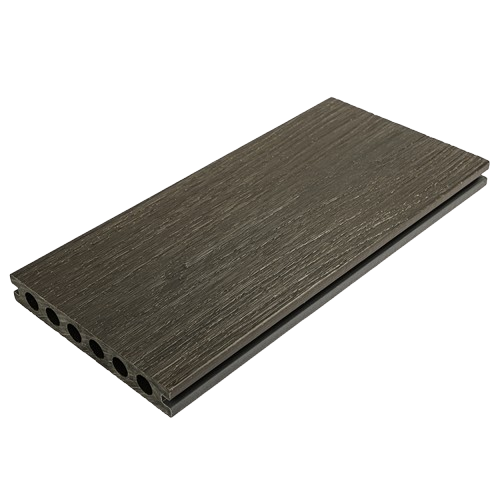
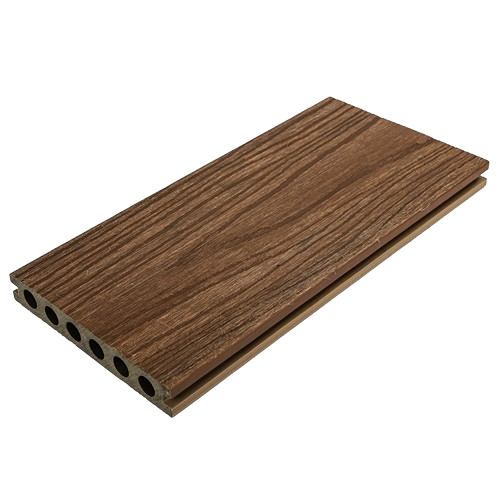
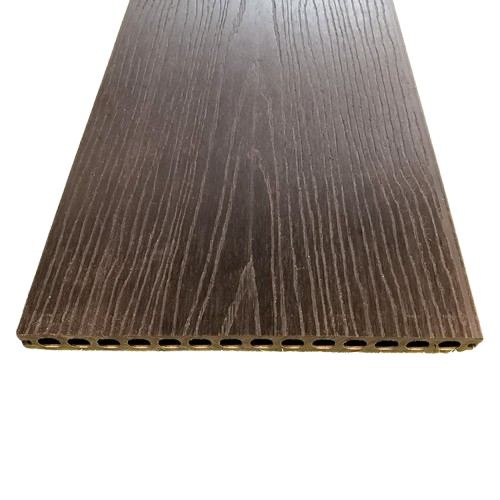
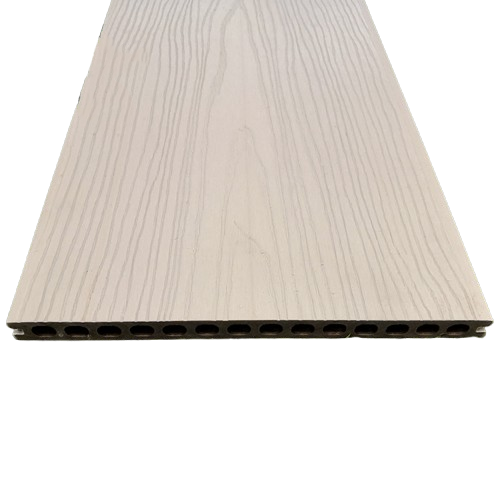
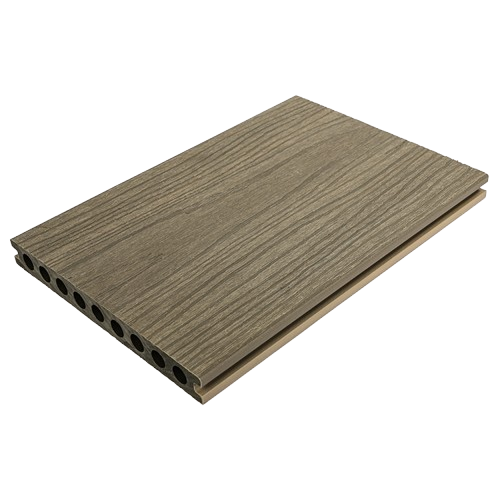
Reviews
There are no reviews yet.